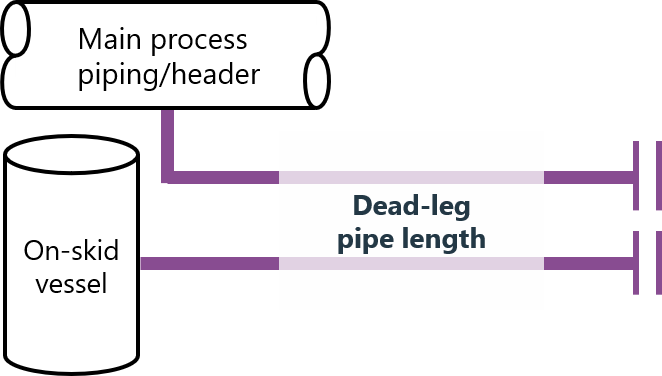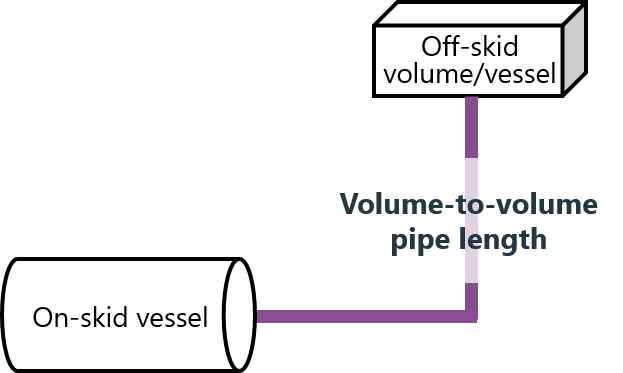Knowledge Center
- Downloads
- Technical Newsletter
- Recommended Guidelines and References
- Specifications
- Technical Papers
- Tools and Calculators
- Training
- Articles, Tips and Requirements
- An Integrated Approach to Manage Vibration Risks
- Design Requirements for Reciprocating Compressors
- Evaluating Compressor Operating Risks
- Five simple methods to check reciprocating compressor performance
- Important Differences in Pulsation Software
- Liquid Pumping Systems (Including Liquid Pipelines)
- Noise Regulations Around the World
- Noise Risks in the Gas Industry
- Performance Monitoring Examples
- Pipe Support Stiffness, GMRC Project
- Piping Vibration Design Considerations
- Piping Vibration Examples
- Structural Vibration and Ways to Avoid It
- Tips for a Successful Project (Vibration Control)
- Transient Conditions on Small-Bore Piping
- Vendor Requirements for Piping Vibration & Integrity Assessment
- Vibration-induced fatigue (whitepaper)
- Vibration Issues Affecting Gas Compressor Facilities
- Ask the expert
Pipe Lengths to Avoid Calculator
Calculate which pipe lengths to avoid to control pulsation in off-skid piping of reciprocating compressor systems
The lengths of piping to and from headers or in dead legs can significantly affect pulsation levels and the need for pulsation controls.
Resonant pipe lengths lead to overly conservative pulsation control on the compressor and often require additional off-skid pulsation controls, such as orifice plates, Helmholtz resonators and line expansions or reductions, causing unnecessary project delays and increased costs.
This tool helps you learn how to avoid resonant piping lengths by calculating ½ waves and ¼ waves in the system (see formulae below).
Instructions:
- Select your preferred system of units
- Select your cylinder action
- Enter the operating speed range of your compressor. For fixed-speed machines, enter the same speed in both fields.
- Enter the speed(s) of sound (if unknown, see this reference list or calculate the speed of sound here based on your gas properties)
- Press the "Calculate" button
Disclaimer: All calculations provided on this website are intended for educational use only.
Compressor specs
| Speed of sound: {{rpmRow.speed}} () | Lengths () between two volumes to avoid | |
| Operating speed (RPM) | Double acting | Single acting |
| {{speed}} | {{double}} | {{single}} |
Dead-leg pipe lengths to avoid
| Speed of sound: {{rpmRow.speed}} () | Dead-leg pipe lengths () to avoid | |
| Operating speed (RPM) | Double acting | Single acting |
| {{speed}} | {{double}} | {{single}} |
|
|
 |
 |
|
| Certain pipe lengths can significantly increase pulsation | |
Free webinar
Learn how to avoid acoustical/pulsation problems when designing reciprocating compressor and piping systems. Watch now on-demand
Free webinar
Learn how to select and design vibration control solutions that work – using real-world data and case studies. Register now





